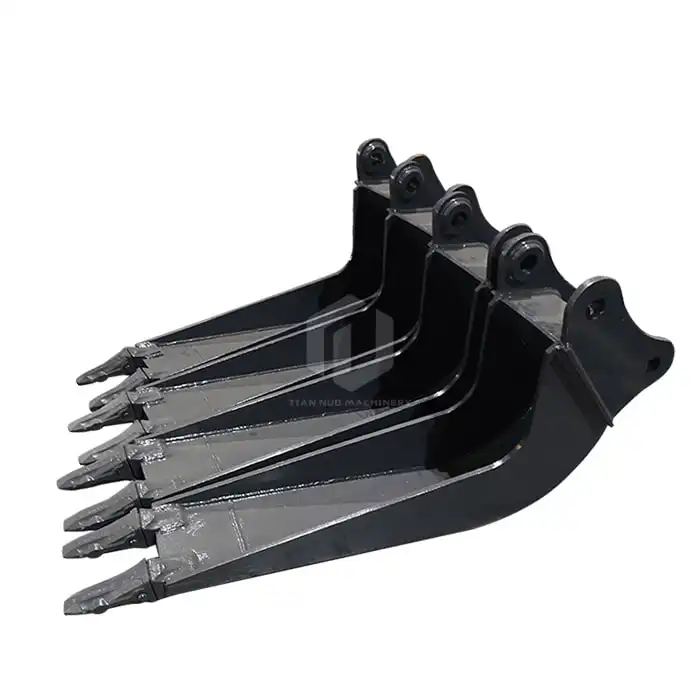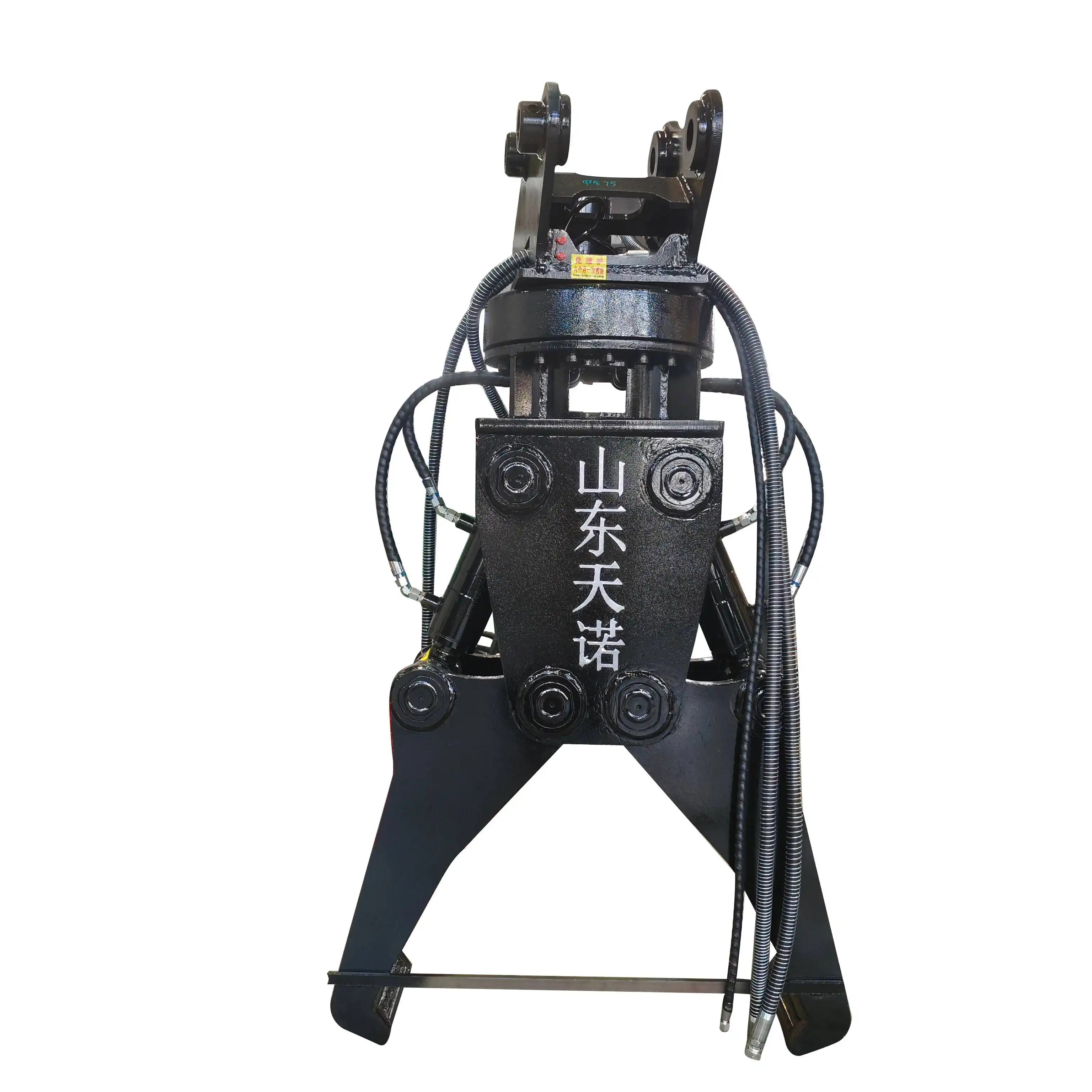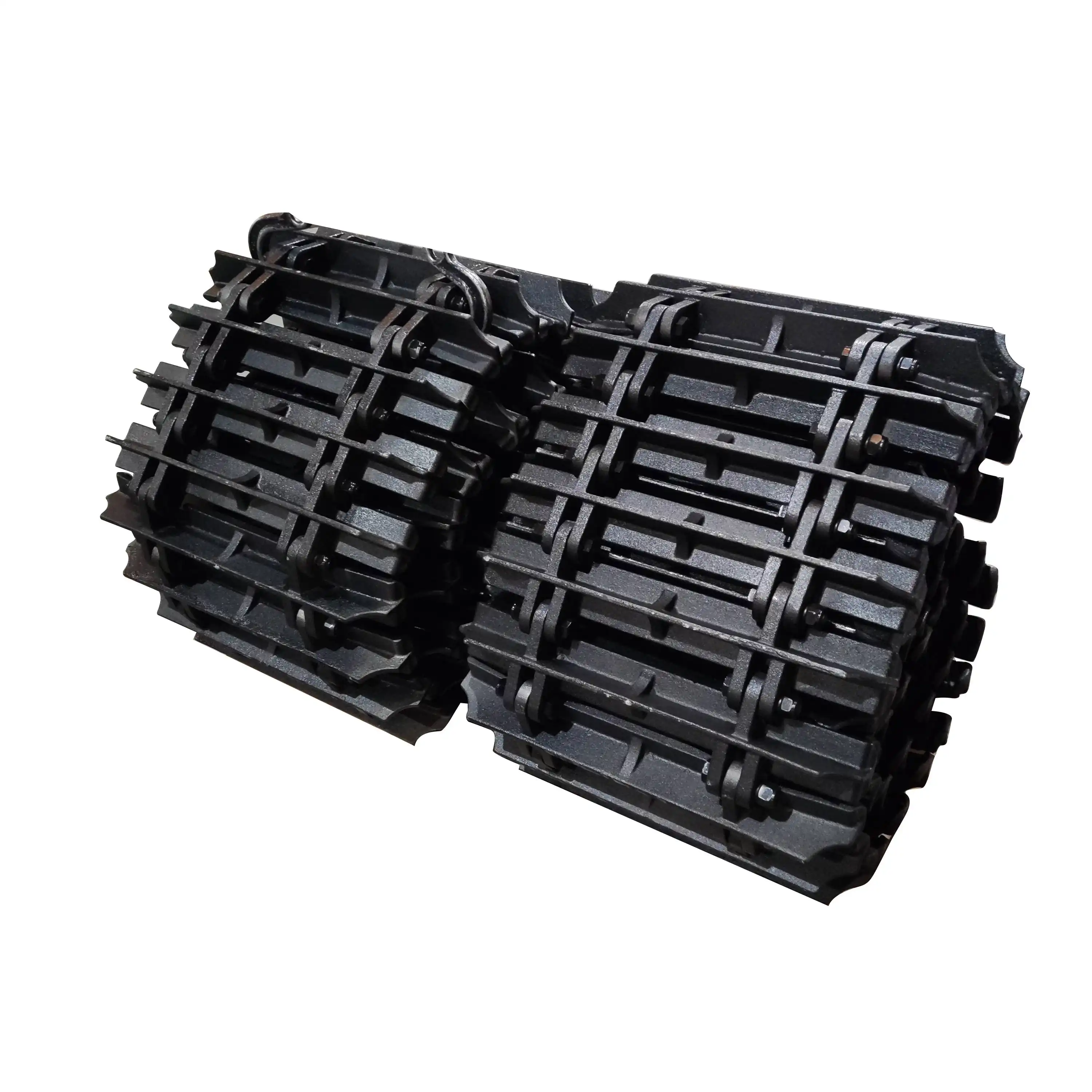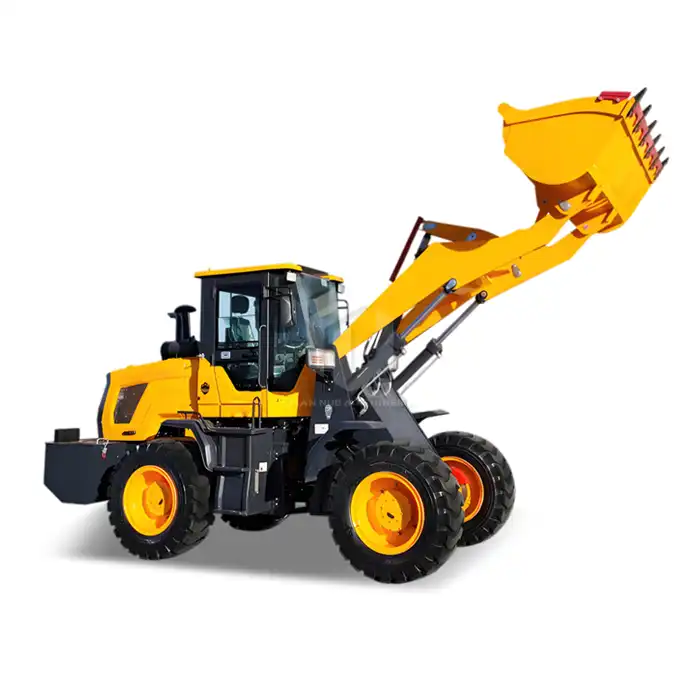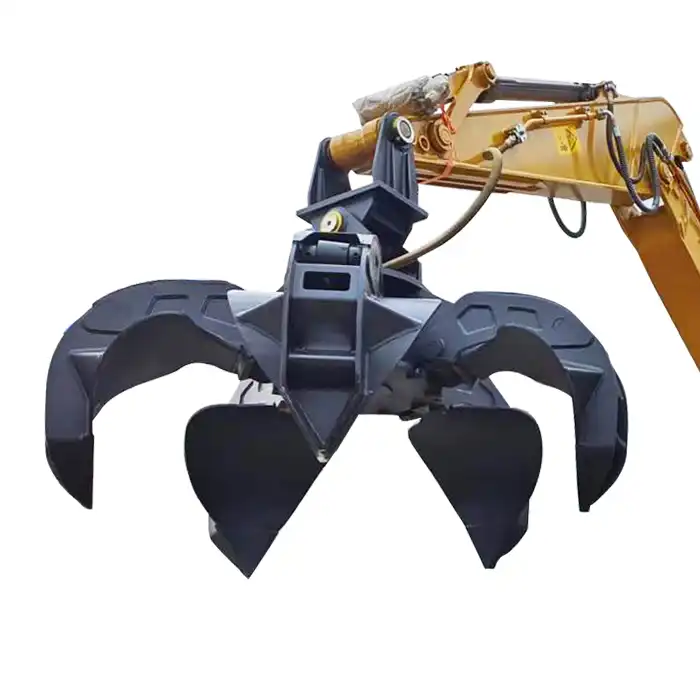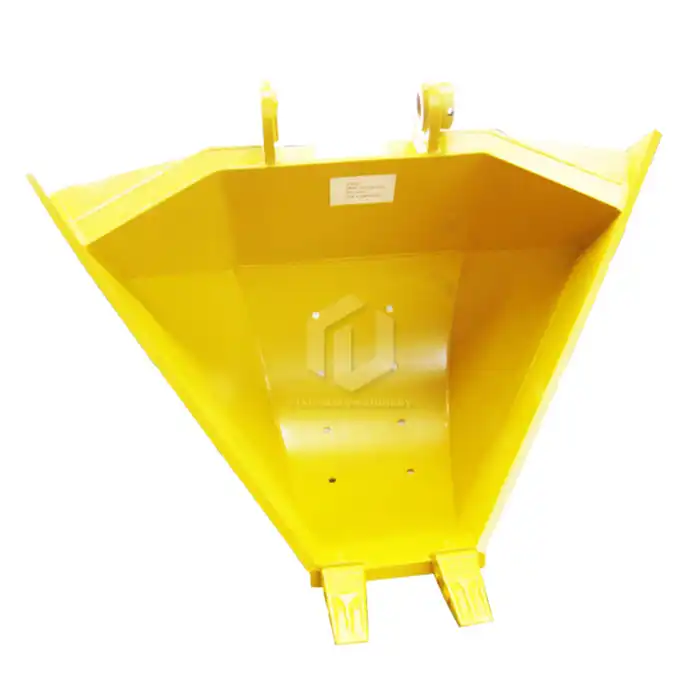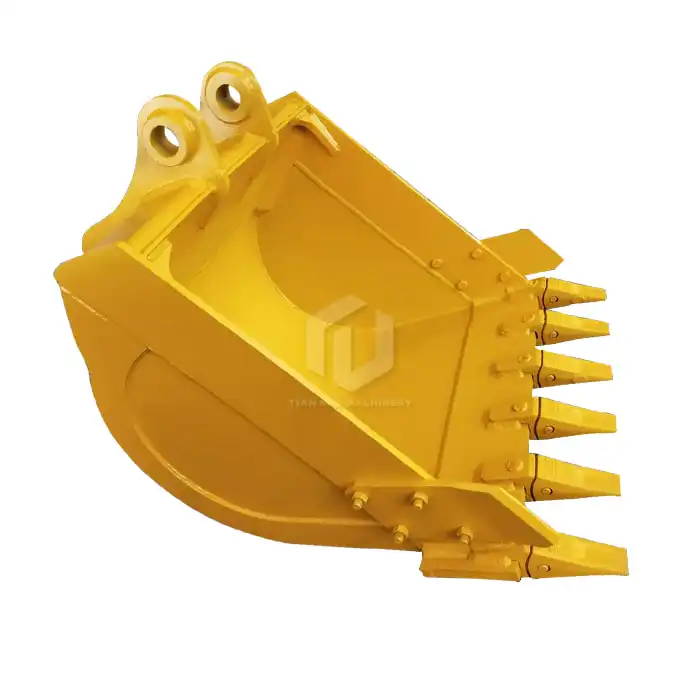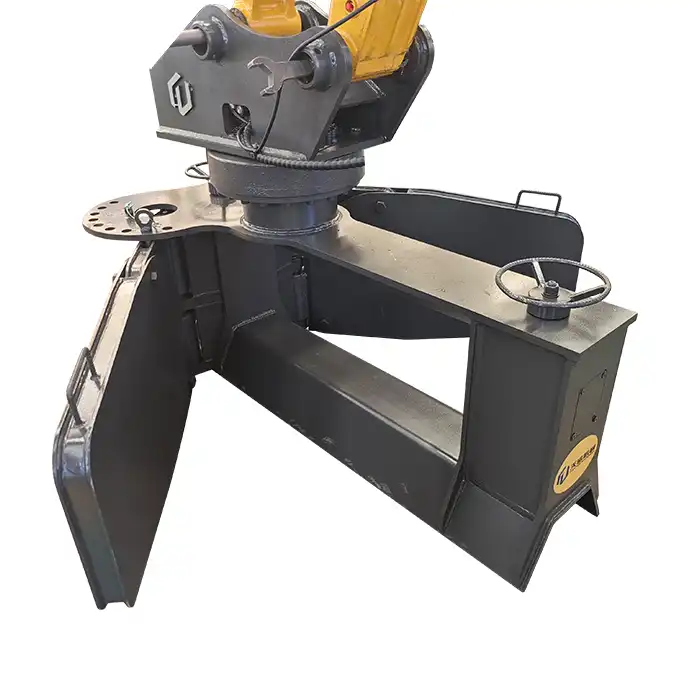What is the difference between mechanical and rotary type ballast cleaner machines?
Ballast cleaner machines are essential for preserving railway tracks' efficiency and integrity. The ballast, which is the crushed stone or gravel that supports the railway tracks, is cleaned and restored using these specialized machines. We will examine the cleaning principles, design features, and applications of mechanical and rotary ballast cleaner machines in this article.
Cleaning Principle: How Mechanical and Rotary Ballast Cleaner Machines Work?
Ballast Cleaner Machines' primary function is to replace contaminated ballast with clean material. However, in order to accomplish this objective, rotary and mechanical models employ distinct cleaning principles. The contaminated ballast is separated from the clean stones by mechanical ballast cleaner machines that make use of a series of vibrating screens and conveyors. An excavating chain digs up the ballast and moves it to a series of screens as the process begins. The ballast is separated by size by vibrating these screens, which are frequently arranged in multiple layers. While clean ballast stones are returned to the track bed, smaller particles like dirt and debris fall through the screens.
In contrast, rotary ballast cleaner machines utilize a rotating wheel or drum fitted with scoops or buckets. As the machine travels along the track, the rotating drum collects contaminated ballast. Inside the drum, a combination of screening and centrifugal force separates clean ballast from waste. The waste is then directed into a separate wagon for disposal, while the cleaned ballast is returned to the track. This efficient process ensures that the railway bed remains properly maintained, enhancing track stability and safety. By effectively removing debris and restoring the quality of the ballast, these machines play a crucial role in railway maintenance and overall operational efficiency.
While both kinds of machines are capable of cleaning ballast, their strengths differ and they are appropriate for a variety of applications. The specific requirements of the railway maintenance project, as well as the degree of contamination, the volume of ballast to be cleaned, and other considerations influence the choice between mechanical and rotary types frequently.
Design Features: Comparing Mechanical and Rotary Ballast Cleaner Machines
The distinct cleaning principles and operational requirements of mechanical and rotary ballast cleaner machines are reflected in their design features.
Due to their multiple screening levels, mechanical ballast cleaner machines typically have a more complex structure. They typically include:
A series of conveyors for material transportation
Waste chutes for removing contaminated material
A distribution system for returning clean ballast
These machines are generally larger and have a higher capacity, making them ideal for extensive track maintenance projects. They feature an excavating chain or cutter bar for digging up ballast, along with multiple vibrating screens arranged in a cascading configuration. A notable example is the Shandong Tiannuo ballast cleaner machine model TNQZD75, which showcases the robust design typical of mechanical cleaners. This model boasts an impressive width of 220 mm and a length of 1200 mm, highlighting its efficiency and effectiveness in maintaining railway tracks. With their powerful capabilities, these machines significantly enhance the quality of track maintenance operations.
The design of a ballast cleaner machines, on the other hand, is more compact and centers around a wheel or drum that is rotating. Highlights include:
A large rotating drum equipped with scoops or buckets, internal screening mechanisms, waste removal conveyor systems, and ballast return chutes are key features of rotary machines. These machines, often designed for simplicity, require less maintenance and are easier to operate. However, they may have a lower capacity compared to their mechanical counterparts. Despite this limitation, their efficient design allows for effective ballast cleaning, making them suitable for certain track maintenance applications where operational ease is a priority.
To improve their performance, both types of machines incorporate cutting-edge technologies. Track geometry sensors, automated control systems that maximize cleaning efficiency, and dust suppression systems that minimize environmental impact are examples of these.
Application: Choosing the Right Ballast Cleaner Machine for Your Needs
The choice between mechanical and rotary ballast cleaner machines is determined by a variety of application- and project-specific factors.
Frequently, mechanical ballast cleaners are preferred for:
Situations requiring high-volume ballast cleaning
Tracks with severe contamination or compacted ballast
Projects requiring precise particle size separation
These machines are highly effective at thoroughly cleaning heavily contaminated ballast and can manage a diverse range of particle sizes. Their high capacity makes them ideal for significant track renewal projects as well as routine maintenance on busy rail lines. With their robust performance, they ensure that ballast quality is restored efficiently, contributing to the overall safety and stability of the railway infrastructure.
Typically, ballast cleaner machines are chosen for:
Cleaning of less heavily contaminated tracks on a smaller scale or at a local level Projects with limited access or space Situations requiring more frequent but less intensive cleaning Rotary machines are suitable for routine maintenance tasks or use in areas with limited space due to their compact design and lower operating costs.
The extent of ballast contamination, the volume of material to be processed, the available time for maintenance operations, and any site-specific constraints should all be taken into consideration when selecting a ballast cleaner machine. The machine's operating costs and long-term maintenance requirements must also be taken into account.
Why Choose Shandong Tiannuo?
Keeping railway tracks safe and effective requires both mechanical and rotary ballast cleaner machines. Both types offer distinct advantages for a variety of applications, despite the fact that their cleaning principles and design characteristics differ. Railway professionals can make well-informed decisions to ensure optimal track maintenance and longevity by comprehending these distinctions.
Shandong Tiannuo's R&D team is dedicated to the technical research and development of railway maintenance equipment for those who are interested in learning more about high-quality ballast cleaner machines. They provide innovative solutions like the TNQZD75 model as a preferred partner for railway contractors worldwide. You can reach them at arm@stnd-machinery.com for additional information or to discuss your specific requirements.
References
1. Esveld, C. (2001). Modern Railway Track. MRT-Productions.
2. Shandong Tiannuo Machinery. (2023). Ballast Cleaner Machine Model TNQZD75 Specifications.
3. Lichtberger, B. (2005). Track Compendium: Formation, Permanent Way, Maintenance, Economics. Eurailpress.
4. Profillidis, V.A. (2006). Railway Management and Engineering. Ashgate Publishing, Ltd.


